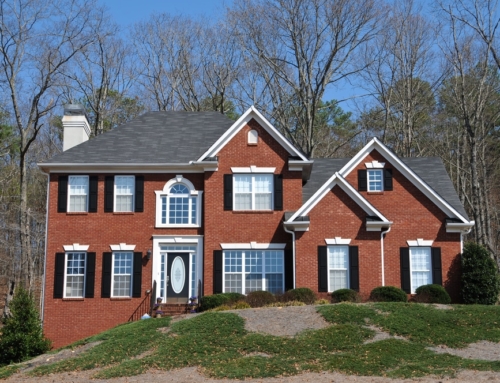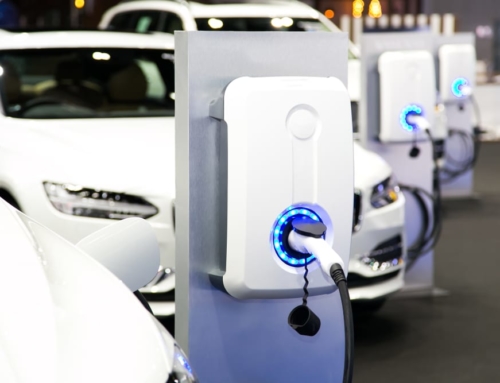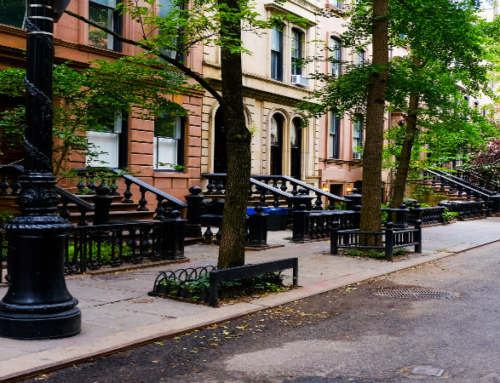Perhaps homeowners are taking the advice of the mortgage industry and refinancing into more affordable loans. A light at the end of the tunnel if you will.
It seems to me that this past spring the industry and government really tried to publicize options for home owners facing foreclosure. The federal government, especially, exuded urgency about getting out of risky subprime mortgages into something more stable. And so it isn’t that surprising that we now have data showing that proactive home owners and home buyers have been choosing government-insured loans. The positive in all this is that the message is getting out and that while the mortgage market still seems unstable, consumers are moving to stabilize their own situations.
The Mortgage Bankers Association announced yesterday that more than 29 percent of July 2008 mortgage loans were for government-insured loans (mostly from the Federal Housing Administration). That’s up from the 8.4 percent during July of last year. MBA announced that the July numbers show a steady increase since January of this year, when the percentage of government-issued loans was 9.4 percent.
MBA attributes the increase to the following:
– In March of this year, the Economic Stimulus Act of 2008 temporarily raised the FHA and conforming loan limits for most areas in the country, which broadened FHA financing for more borrowers. The passage of the Housing Bill in July 2008 made these higher loan limits permanent.
-
Data from the U.S. Department of Housing and Urban Development (HUD) show that the level of conventional to FHA refinance applications has increased 317 percent on a year over year basis in July, the bulk of which is likely from subprime ARM products. Similarly, the level of conventional to FHA refinance endorsements has increased 260.8 percent on a year over year basis. Based on the MBA survey, application volume for government-insured loans was up 133.9 percent in July from a year ago, while application volume for conventional loans was down 50.2 percent, evidence of a shift from conventional to government-insured mortgages.
-
FHA loans typically have lower down payments than those offered by Fannie Mae and Freddie Mac. Generally the maximum loan to value (LTV) ratio for FHA loans is 97 percent and 95 percent for the Government Sponsored Enterprises (GSEs). (The loan to value ratio is how much of the home can be financed – so a 97 percent LTV requires a 3 percent down payment.)
-
Conventional GSE loans typically have higher credit score requirements than FHA loans.
MBA’s data comes from information provided by mortgage lenders and the survey covers approximately 50 percent of U.S. retail residential mortgages.
Because of the lower down payment and credit requirements, it’s generally easier to obtain a government-insured loan than another and many of the home owners who have had trouble keeping their homes have poor credit scores and less equity in their homes.
Again the good news is that people are acting – they’re not just resigning themselves to losing their homes, despite some of the stories we may hear about people abandoning their properties.
If you’re worried about your situation, a good place to start is the HOPE hotline – 1-888-995-HOPE (4673).
Published: Aug 19, 2008






Leave A Comment